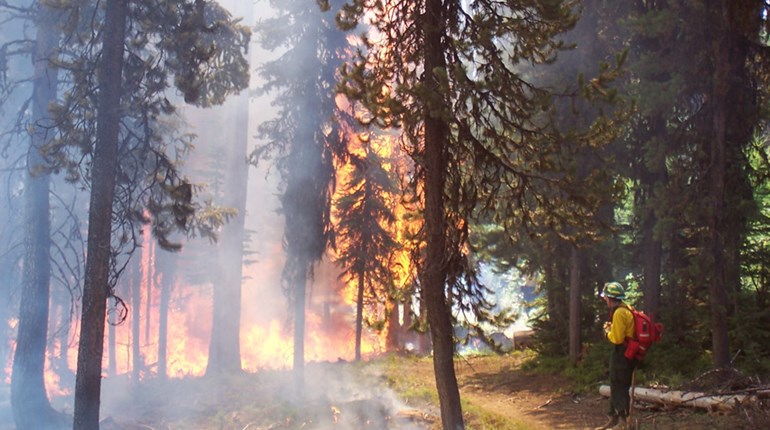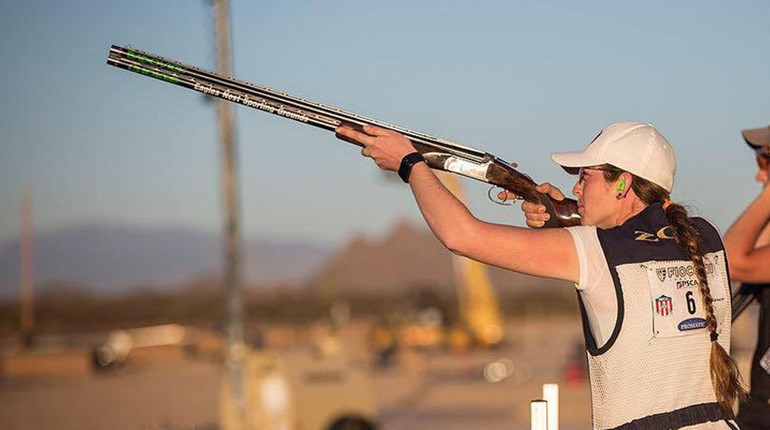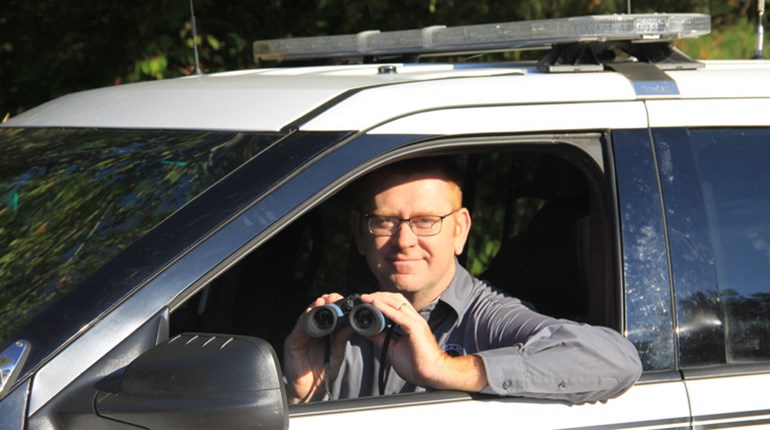
Alaska 1990. There were hundreds of them-headless bodies stretching along miles of shoreline. Was a serial killer on the loose? That's what the U.S. Fish and Wildlife Forensics team wanted to know.
You see, the decapitated bodies were walruses, making it a job for the animal detectives, as they are sometimes called. Before the investigation was over, Ken Goddard and his fellow forensic scientists would crash a plane, sink a Jeep and wade naked across an ice-cold Artic stream-not once, but twice-in search of the truth.
The native Inuit hunters, who beheaded the walruses, claimed they hadn't violated any laws. They told authorities they decapitated the animals on the beach after the already-rotting bodies had washed ashore.
Investigators weren't so sure. “Headhunting,” or killing a walrus solely for its tusks, is an ongoing problem in Alaska-and it's illegal. Had the animals died naturally, or had they been killed for their tusks? Were they killed by cannon fire from Russian planes, as the Inuits suggested? By Russian villagers on the other side of the Bering Strait? Or were the Inuit hunters, themselves, behind it all?
The problem, explains Goddard, is how do you “tell the difference between an illegally killed and wasted, headless, decomposed walrus carcass washed ashore along the Alaska coastline and a legally killed one?”
Over the next eight days, Goddard and the others flew up and down the coast, first locating and marking the position of the carcasses, then following up with necropsies, which are basically autopsies performed on animals. As you can imagine, the search for bullets and other clues was messy work.
In the end, it was the neck bones that decided the case. They were a different color than the bones in the rest of the body. As it turned out, when the headless walruses were dumped off the ice floes, the remains sank to the bottom of the sea, lying there for about a month before washing ashore. During that time, the neck bones were the only bones exposed directly to the salt water, “which (as we later proved through additional experimentation),” says Goddard, “caused the bones to bleach differently in the sun [than the other bones].”
The kills were, indeed, a crime-and the Inuit hunters were the culprits.
In the Beginning
Ken Goddard has one cool job! The director of the U.S. Fish and Wildlife Service Forensics Laboratory in Ashland, Ore., is a wildlife forensic scientist. But he didn't get there all it once. Goddard calls it a “twisted path.” In other words, it took him awhile.
From an early age, Goddard was fascinated by biochemistry. It's something he can't explain. “In retrospect,” he says on his website, “I have no idea why.”
Whatever the reason, Goddard's interest in the subject led to a college degree in biochemistry. Then it was on to a career in police work for the state of California as a law enforcement officer and criminalist-which is a forensic science technician. With his biochemistry background and an advanced degree in criminalistics, Goddard's job gradually became more and more focused on crime scene investigations, or CSI, and less and less on patrol work.
His off-duty hours were filled with his family, which included a wife and daughter, and his second career as a novelist. “I wanted to be a writer as long as I can remember,” says Goddard. And so he managed to fit his writing in on nights and weekends, drawing on his law enforcement experience to create realistic tales about crimes and crime-scene investigations, including a three-book series involving a federal wildlife investigator.
“I like to use my fiction writing to explain to readers how things really happen,” says Goddard.
By 1985, after 20 years as a law enforcement officer, Goddard had had enough. “I was pretty burnt out by homicide crime scenes by then,” he says. That's when he decided to answer an ad for a forensic scientist to set up a crime lab for the United States Fish and Wildlife Service. He got the job.
A Typical Day
“In the early days of wildlife forensic science, there were no labs,” says Goddard, “and most days were spent in the field.” Today, it's the reverse. Most days are spent in the lab examining and comparing the evidence sent from wildlife law enforcement agencies, which investigate the actual crime scene. As director, Goddard's day is a little different still, with “lots of phone calls, e-mails and meetings and other exchanges with the lab management team, the lab staff and visitors.”
So most days are spent in the lab-except when they're not.
There was a four-week trip to Africa to train 45 rangers from nine countries in the CSI techniques that would help them deal with wildlife crimes-particularly those involving rhino poachers. There was six weeks learning to scuba dive so he could take part in an 18-day study of damaged coral reefs off the coast of Cozumel, Mexico. In addition to surveying the damage, Goddard helped develop underwater crime scene techniques to find out who or what to blame for the problem. Then there was time in Russia “with some interesting characters involved in caviar smuggling along the Volga River and Caspian Sea. That was, uh, entertaining,” says Goddard with a laugh. “I'm not sure I'd want to do it again.”
The Whys and Wherefores
Goddard's enthusiasm for wildlife forensic science shines through as he talks. It's his passion, after all. “There are a lot of possibilities to do something new, something different,” explains Goddard. It's a fairly new field, so “we're doing stuff that hasn't been done before.”
But ask him about his favorite part of the job, and he'll tell you he likes “taking film crews, reporters and scientific visitors around the lab to meet our staff and observe them in action.” Why? “It's very much like showing off photos of my dear granddaughter,” he answers with pride.
The Next Generation
No doubt about it, Ken Goddard has a very cool job, one he's passionate about. He enjoys explaining the ins and outs of wildlife forensic science to others. Moreover, he understands how important it is to pass on his wisdom to those who will be tomorrow's wildlife forensic scientists.
Could one of them be you? Goddard and his staff are happy to help you explore the idea. “Engage with us [the U.S. Fish and Wildlife Service Forensics Lab],” he advises. “We answer e-mails.”
Now there's an offer you shouldn't refuse!
For more information about Ken Goddard and the U.S. Fish and Wildlife Service Forensics Laboratory, see www.lab.fws.gov and www.kengoddardbooks.com.






































